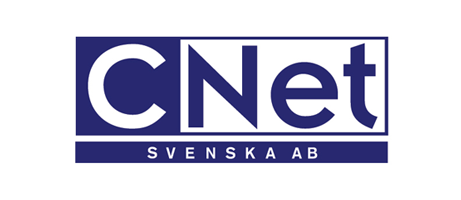Brochures
DIMMER
Integrates Building Information Models and district level 3D models with real-time data from sensors and user feedback to analyze and correlate buildings utilization and provide real-time feedback about energy-related behaviors using virtual and augmented reality. The information is used for energy and cost-analysis, tariff planning and evaluation, failure identification and maintenance, energy information sharing.
myAirCoach
Aims to support asthma patients to control their disease through mHealth. New monitoring approaches, combined with the development of novel sensors will form a system that will address the needs of patients on a daily basis. Analysis, modelling and prediction of disease symptoms will serve to stimulate patients to engage in health management, and also increase the knowledge about the possibilities that mHealth can bring to asthma control.
ALMANAC, Reliable Smart Secure Internet of Things for Smart Cities
Develops a set of IoT Enablers for development of Smart city services and applications. Two uses cases are being deployed in the city of Torino – Smart Water Management and Smart Waste Management.
IMPReSS, Intelligent System Development Platform for Intelligent and Sustainable Society
Develops a Systems Development Platform allowing businesses to rapidly develop prototypes of Internet of Things (IoT) systems.
As Software development for IoT is a complex task, which involves an extensive amount of expertise, time and effort, that many small businesses cannot afford, IMPReSS offers a System Development Platform that makes the developemnt easier and more affordable.
INERTIA, Integrating Active, Flexible and Responsive Tertiary Prosumers into a Smart Distribution Grid
Addresses the “structural inertia” of existing Distribution Grids by introducing more active elements combined with the necessary control and distributed coordination mechanisms. To this end INERTIA will adopt the Internet of Things/Services principles to the Distribution Grid Control Operations.
Bridge, Bridging resources and agencies in large-scale emergency management
Developed an ICT emergency management platform including applications for situation awareness, victim localisation and triage.
Reaction, Remote Accessibility to Diabetes Management and Therapy in Operational healthcare Networks
Developed an integrated ICT platform that supports improved long term management of diabetes. The platform provides a remote monitoring and decision support system for diabetes patients, supported with wearable sensors and multi-parameter based individual monitoring, enabling long-term management.
ebbits, Enabling the business-based Internet of Things and Services
The results of the ebbits project enables the semantic integration of the Internet of Things into enterprise systems and support interoperable end-to-end business applications. It provides semantic resolution to the Internet of Things and presents a new bridge between backend enterprise production systems, people, cloud services and the physical world.
ME3GAS, Smart Gas Meters & Middleware for Energy efficient Embedded Services
Developed a new generation of smart gas meters, based on embedded electronics, communications and the remote management of a shut-off valve, which enable the management of multiple tariffs and payment modalities, remote gas cut off, security alarms, absolute index and temperature correction. ME³GAS is based upon a service-oriented middleware for embedded systems which was extended with services and applications across heterogeneous devices for the development of an energy-aware middleware platform.
The Hydra Project – Networked embedded system middleware for heterogeneous physical devices in a distributed architecture
The Hydra middleware is an Open Source software, now called The LinkSmart Middleware. It is an intelligent software layer placed between the operating system and applications and contains a number of software components – or managers – designed to handle the various tasks needed to support a cost-effective development of intelligent applications for networked embedded systems. The middleware can be incorporated in both new and existing networks of distributed devices, which operate with limited resources in terms of computing power, energy and memory usage.










